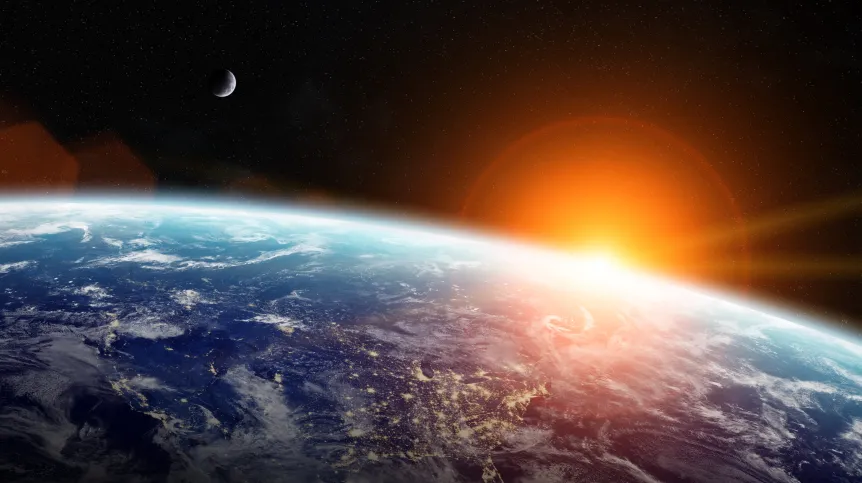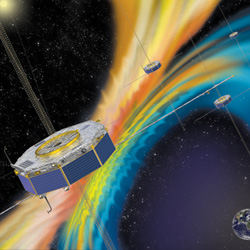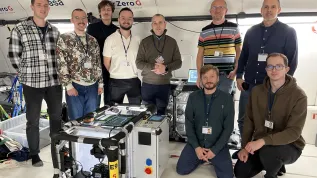
Scientists from Poland and the United States have identified new mechanisms behind magnetic turbulence in Earth’s space environment, research that could improve understanding of space weather and its impact on satellites and communications.
The study was conducted by the Space Research Centre of the Polish Academy of Sciences, Cardinal Stefan Wyszyński University in Warsaw, and the Southwest Research Institute in San Antonio, Texas.
The team analyzed solar wind turbulence in the magnetosphere using data from NASA’s Magnetospheric Multiscale (MMS) mission, which provides millisecond-resolution measurements of the magnetic field.

“These exceptionally precise measurements allowed us to observe phenomena in space plasma on very small scales,” said Professor Wiesław Macek of the Space Research Centre, who announced the results in a press release.
The researchers found that magnetic turbulence near Earth behaves like Markov chains, or “memoryless” processes. In such systems, the current state depends only on recent conditions, not on the entire past.
Familiar examples include Brownian motion and the “gambler’s ruin” problem, where a gambler playing a game with negative odds inevitably goes bankrupt regardless of betting strategy. Now, magnetospheric microscale turbulence can officially be added to such example processes.
"This so-called ‘memoryless’ property of such processes may also be relevant to our everyday life. For example, if today’s weather depended only on the state of the atmosphere yesterday, it would allow for better statistical forecasting of tomorrow’s weather," noted Prof. Wiesław M. Macek, principal investigator of the NCN project ‘Turbulence and magnetic reconnection in Earth’s space environment’.
The findings, published in international journals, advance knowledge of how energy is dissipated in space plasma and represent what the authors call an important contribution to modern space physics. (PAP)
lt/ bar/ kap/
tr. RL













